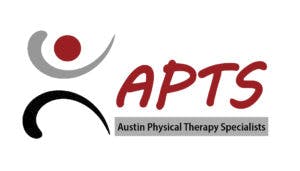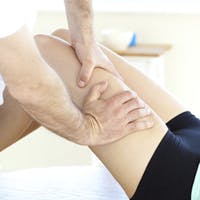One of the best things about hiking is that almost anyone can participate in it, be it friends or families with children. It is not necessary to be an experienced hiker or hike even before. The only factor that matters is to know about the most common hiking injuries before setting out to hike.
Indeed, the first thought that comes to mind while reading about hiking injuries is how to prevent hiking injuries. Injuries are, unfortunately, the certainty of hiking. Accordingly, it is important not just to be aware of the prevention but also how you can treat hiking injuries. It is like trying everything but failing to prevent everything that happens in life. There always remain certain risks and some luck factoring in the hiking equation.
It is better to have at least two people in the hiking group who know some basic first aid while exploring outdoors. Nonetheless, here are some of the most common hiking injuries you should know beforehand. Likewise, it is also important to know how to mitigate those accidental injuries. You may need physical therapy support to rebuild your fitness in major cases.
- Blisters
You may already have a blister at any point in your life. Blisters are quite an unavoidable part of your hiking journey. It occurs due to friction and accumulates fluid. This further swells up the irritated skin layers and results in discomfort.
Usually, blisters are considered to be minor injuries. However, if you leave them untreated or treat them improperly, this may steer infection. In order to avoid blisters, you may take precautions by wearing socks with fitted shoes appropriate for the hiking terrain and weather conditions. Also, it would be best to try to keep your feet dry.
Nonetheless, if you get blisters, apply a band-aid or an athletic tape to prevent it.
- Sunburn
Sunburn is one of the most common hiking injuries encountered by hikers. It is better to apply sunscreen before exposing yourself to the sun. Also, wear UV-ray-protected sunglasses and clothes made of UPF-rated fabrics to prevent sunburn.
- Sprained or Twisted Ankle
Another potential risk of hiking is getting a twisted or sprained ankle. You are more prone to encounter this, especially if the surface of your trail is slippery, uneven, rocky, or due to other hidden barriers.
Proper footwear can give protection to this type of hiking injury. However, if the extent of the injury is severe, you need to seek help for physical therapy.
- Knee Pain/Joint Inflammation
Hikers who have imbalanced or weak leg muscles, prior injuries, or incorrect knee caps can suffer from knee pain and joint inflammation during the trail.
It is especially while hiking downhill that your knees are under a lot of stress which may inflict knee pain. In such a case, wear a knee brace or put Kinesis tape as a first aid to get external support. Also, take the help of physical therapy in Austin, TX, to avoid future discomfort.
How To Find Physical Therapy Near Me
Whether it is summer or spring, or any bright day of the year you want to hit the hiking trails, remember that accidents can happen on the journey. This is an unfortunate event that can happen to anyone, even if a person has the most experience and is well-prepared for hiking. It is very important to know how to save yourself from a hiking injury.
For minor injuries like blisters, you can put on a band-aid. However, contact Austin Physical Therapy Specialists if you experience a fracture or any other orthopedic injury. Physical therapy in Austin, Texas, understands how to treat accidental injuries. The therapy specialists acknowledge that accidents and injuries can happen unexpectedly. So, they provide hands-on treatment with their individualized therapeutic intervention plan to stimulate movement in the body.



